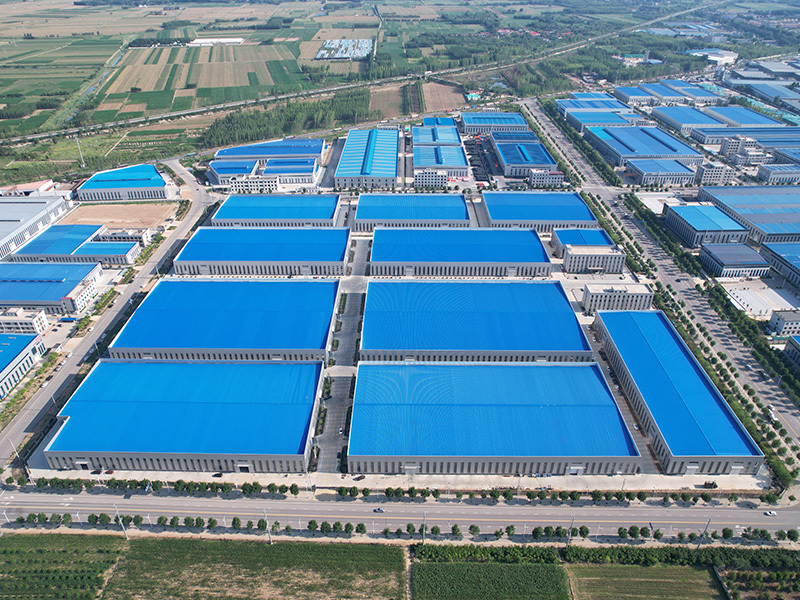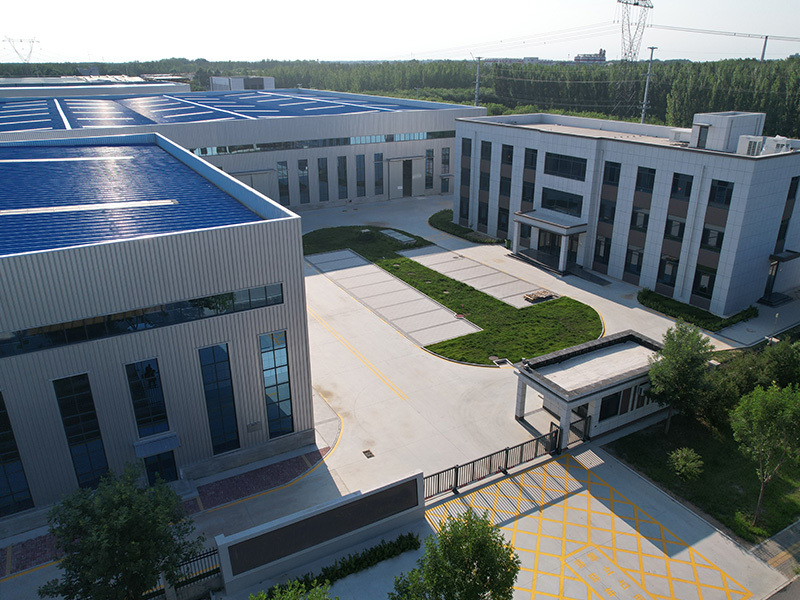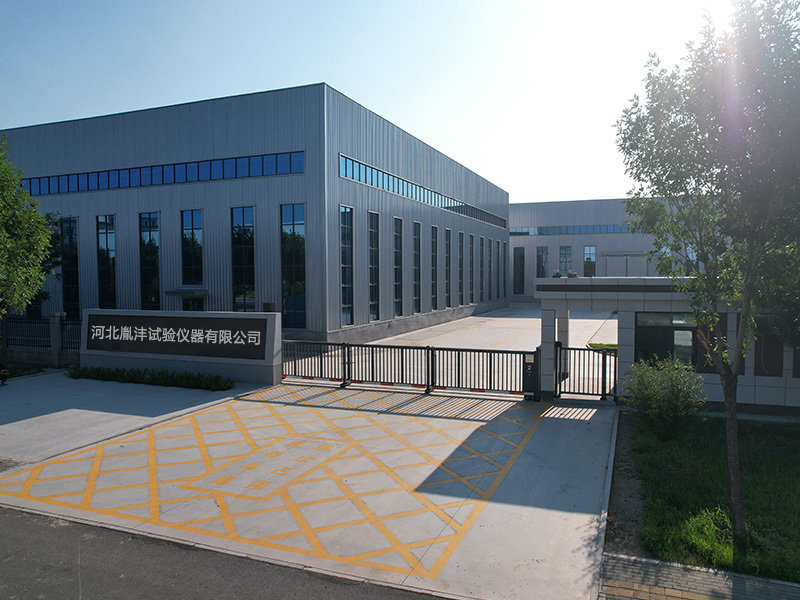



- Product Describe
-
DCP Dynamic Cone Penetrometer
1. Overview of the DCP Dynamic Cone Penetrometer
The Dynamic Cone Penetrometer (DCP) is a lightweight, portable in-situ testing device used for assessing foundation soil conditions. It features a hammer weighing 8 kg, dropped from a height of 575 mm, with a penetration rod measuring 1000 mm in length. The cone tip has a diameter of 20 mm and a 60-degree apex angle. The penetration rod can be extended by attaching a 1000-mm steel ruler, offering dual-scale readings—metric and imperial—for directly recording the penetration value after each blow.
The Dynamic Cone Penetrometer (DCP) is already being used internationally, where relationships between penetration values and corresponding soil property indices have been established. Its penetration values have been linked to the soil’s elastic modulus, CBR, and unconfined compressive strength. In South Africa, penetration values are already employed as a key parameter in pavement design.
1.1 Advantages of DCP
The Dynamic Cone Penetrometer (DCP) offers the advantages of being fast, simple to use, and adaptable to various site conditions, making it ideal for on-site construction or for evaluating the load-bearing capacity of existing road subgrades. Unlike traditional methods such as sand replacement, ring knife, water-filled tests, and electric soil samplers, the DCP effectively overcomes their limitations by providing rapid measurements of soil penetration depth. As a next-generation tool, it enables quick assessment of soil compaction performance. Moreover, the DCP exhibits a strong correlation with the California Bearing Ratio (CBR) and resilient modulus measured in situ, allowing it to serve as a reliable indicator for evaluating the strength of road subgrades—often converted using AASHTO formulas.
1.2 DCP Analysis Method
Since the dynamic cone penetrometer is used relatively infrequently in China, there are currently no established analytical methods specific to this tool domestically. According to the U.S. AASHTO specifications, the DCP test results are related to the CBR value as follows:
CBR = 405.3 / PR1.259
In the formula, PR represents the penetration rate from the DCP test, measured in mm/blow; CBR refers to the California Bearing Ratio, expressed as a percentage.
Therefore, by recording the DCP penetration rate during field testing, the soil subgrade CBR can be quickly calculated, allowing for a preliminary assessment of the load-bearing capacity of each layer in the roadbed.
1.3 DCP Testing Principle
DCP was developed by the UK's Transport Research Laboratory (TRL) and weighs a total of 20 kg.
It primarily includes an 8-kg falling hammer with a drop height of 575 mm, a penetration rod, a scale, and a conical tip 20 mm in diameter connected to the end of the penetration rod. Notably, the cone angle of the tip is 60 degrees, and the specific components and dimensions are illustrated in Figure 1.
Technical specifications:
1: 10,000 mm reading scale
2: Penetration rod: Upper rod 803mm
3: Connecting Disc: 105mm
4: Drop Distance: 575mm
5. Penetration rod: Lower rod, 910mm
6. Base Plate: 300mm × 60mm × 8mm
7. Drop hammer: 8KG
8. Cone Tip: Diameter 20mm, angle 60 degrees
2 Dynamic Cone Penetrometer (DCP) Testing Method
During the DCP test, three personnel are typically required to operate: one person holds the handle, lifts and supports the instrument upright, while simultaneously pressing the cone tip firmly against the soil surface—ensuring the penetration rod remains as perpendicular as possible to the ground; another person raises the falling hammer and allows it to drop freely; and a third person records the corresponding scale readings after every two hammer strikes.
2.1 DCP Testing Procedure
(1) At the test site, select a dry and level surface. If the surface has loose topsoil or a softer soil texture, use a shovel to remove the top layer of soil, ensuring the thickness of the removed soil does not exceed 2 cm. If the loose topsoil is particularly deep, choose an alternative testing point nearby instead.
(2) Attach the conical tip to the installed dynamic penetrometer rod.
(3) Align the cone tip with the surface of the soil to be tested, ensuring that the penetration rod remains vertical.
(4) Place the scale next to the penetration rod, ensuring the scale is parallel to the penetration rod.
(5) One person securely holds the insertion rod, while another lifts the heavy hammer and then releases it to drop.
(6) After the hammer is dropped, record the number of blows required to achieve a single penetration depth exceeding 5 mm, along with the corresponding rod penetration depth. If the single penetration depth is less than 5 mm, continue striking until the penetration exceeds 5 mm, then record both the final penetration depth and the cumulative number of blows for that sequence. Test data must be recorded by a dedicated person according to the prescribed表格.
(7) Once the penetration depth meets the requirement (reaching or slightly exceeding the current compacted layer thickness being tested), remove the penetration rod to conclude the test.
(8) During the penetration process, if the cone tip encounters a rock or other obstructions that prevent the penetration rod from advancing further, stop the test immediately. The data recorded at this point will be invalidated, and another test point should be selected within 40 cm near the original penetration hole for subsequent testing.
(9) After the test is completed, disassemble the penetration rod at the middle joint, and place it together with the scale and hammer into the toolbox for next use.
Packing List Serial Number Name Quantity 1 Read ruler 1000mm 1 unit 2 Standard hammer 8kg 1 unit 3 Penetration rod (upper rod) 1 unit 4 Penetration rod (lower rod) 1 unit 5 60° Cone Tip 1 unit 6 Buckle-handle 1 unit 7 Striking the iron weight 1 unit 8 Baseplate 1 unit 9 Open-end wrench 1 unit Product Inspection Certificate
Name: Dynamic Cone Penetrometer
Model: D C P
This product has passed inspection and is approved for shipment.
Inspector: 05
Manufacturing Date: February 2025
Company Profile
Hebei Yinfeng Experimental Instrument Co., Ltd. is a high-tech enterprise dedicated to the research and development, production, and sales of experimental instruments. The company is headquartered in Hebei Province, relying on the strong industrial foundation and technological innovation resources in the Beijing Tianjin Hebei region. It is committed to providing high-precision and high reliability testing equipment and solutions for material testing, engineering quality control, scientific research experiments and other fields.




Customized Delivery Process
We provide customers with full-process services ranging from pre-sale consultation, customized solution design, equipment installation and commissioning to after-sale technical support.
Online Communication
Provide Custom Drawings
Merchant Quotation
Sign A Contract
Processing And Production
Packaging And Distribution
Confirm Receipt Of Goods
Successful Transaction
Previous:
Next:




DCP Dynamic Cone Penetrometer
If you need customized products, Contact US !
Category
Tag list
Request a Quote
We will contact you within one working day. Please pay attention to your email.
Related Products
Content update in progress







